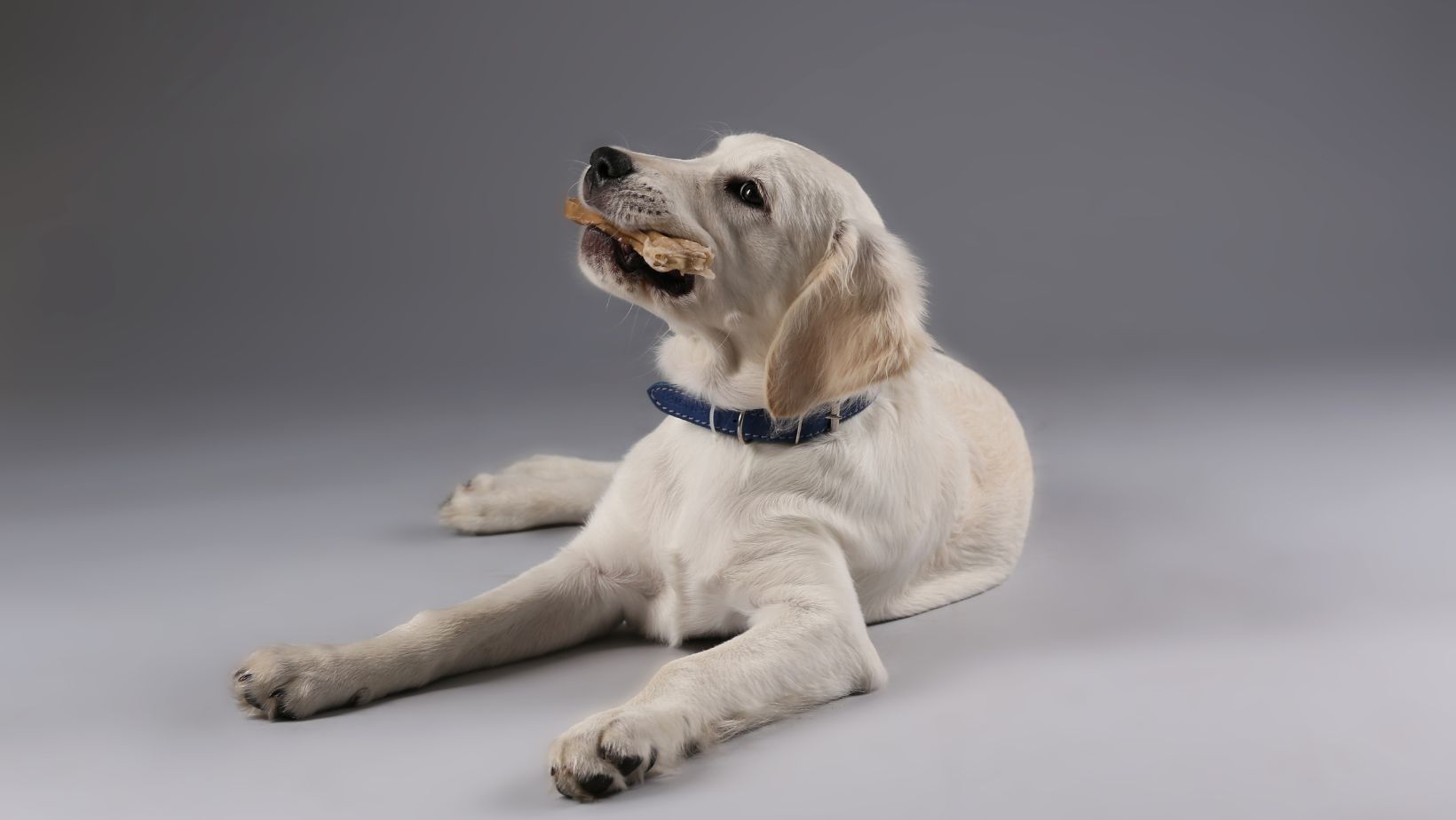How to Train a Puppy to be a Service Dog
Training a puppy to become a service dog is an important and rewarding endeavor. One popular breed for this purpose is the Labrador Retriever, known for their intelligence, loyalty, and gentle nature. In this article, I’ll guide you through the process of training a Labrador puppy to become a reliable and well-behaved service dog.
The first step in training your Labrador puppy as a service dog is to establish a strong foundation of basic obedience commands such as sit, stay, come, and heel. Consistency and positive reinforcement are key during this stage. Rewarding your puppy with treats or praise when they exhibit desired behaviors will motivate them to continue learning.
Basic Obedience Training
When it comes to training a puppy to become a service dog, basic obedience training is an essential foundation. This stage of training focuses on teaching your puppy fundamental commands and behaviors that will enable them to navigate the world as a well-behaved and reliable service dog. Here are some key aspects to consider during this crucial phase:
- Start early: It’s important to begin basic obedience training as soon as you bring your Labrador puppy home. Puppies have a critical learning period between 8 and 16 weeks old, where they are most receptive to new experiences and information. Take advantage of this time by introducing them to different environments, people, and situations while teaching basic commands like sit, stay, come, and heel.
- Positive reinforcement: Labrador Retrievers are known for their intelligence and eagerness to please, making them highly responsive to positive reinforcement techniques. Instead of resorting to punishment or harsh methods, focus on rewarding desired behaviors with treats, praise, or playtime. This approach not only builds trust but also motivates your puppy to repeat the desired behavior in the future.
- Consistency is key: Establishing consistent routines and rules during training will help your Labrador comprehend what is expected from them. Use clear verbal cues paired with hand signals for each command consistently across all training sessions. Additionally, maintain consistency in enforcing rules such as not jumping on people or chewing household items.
- Gradual progression: As your Labrador becomes proficient in one command, gradually introduce more complex tasks or behaviors into their repertoire. For example, once they have mastered sit-stay commands indoors, take the training outdoors where distractions may be more prevalent.
- Socialization: Alongside obedience training, socialization plays a vital role in shaping your Labrador into a well-rounded service dog candidate. Expose them regularly to various environments (such as parks or busy streets), other animals (both dogs and different species), and diverse groups of people. This exposure helps them become comfortable and confident in new situations, which is crucial for their future role as a service dog.
Remember, training a puppy to be a service dog requires patience, consistency, and dedication. While basic obedience training lays the groundwork for their development, it’s important to continue building on these skills with advanced training specific to their intended service tasks.
Emotional Support for Your Labrador Puppy
When it comes to training a puppy to be a service dog, providing emotional support is crucial. Just like humans, puppies also experience a range of emotions and need assistance in managing them effectively. Here are some key points to consider when offering emotional support to your Labrador puppy:
- Establish a Strong Bond: Building a strong bond with your Labrador puppy forms the foundation for emotional support. Spend quality time together, engage in play sessions, and offer plenty of love and affection. This connection will help your puppy feel secure and develop trust in you as their caregiver.
- Create a Safe Environment: A safe and nurturing environment is essential for your puppy’s emotional well-being. Ensure that their living space is comfortable, free from hazards, and provides opportunities for both relaxation and play. By creating a positive atmosphere, you can help alleviate anxiety or stress.
- Socialize Your Puppy: Socialization plays a vital role in the emotional development of your Labrador puppy. Introduce them to different people, animals, environments, sights, sounds, and experiences from an early age. Gradually exposing them to new stimuli helps build confidence and reduces the likelihood of fear or aggression later on.
- Positive Reinforcement Training: Utilize positive reinforcement techniques during training sessions with your Labrador puppy. Reward good behavior with treats or praise while avoiding punishment-based methods that may lead to fear or anxiety issues down the line. Consistency and patience are key when teaching commands or addressing behavioral challenges.
- 5.Healthy Exercise Routine: Regular exercise is not only important for physical health but also contributes significantly to your puppy’s emotional well-being. Labradors are known for their high energy levels; therefore, providing ample opportunities for exercise through walks, playtime at the park or backyard fetch sessions can help release excess energy and promote overall balance.
Remember that every Labrador pup is unique; therefore, adapt these suggestions according to their specific needs and temperament. Providing emotional support to your puppy will help them develop into a confident and well-rounded service dog in the future.
